The Week In Cameras
Latest News About the Tools We Use by Michael Murie
-
 Creating a Promotional Video for the Kindle Best-Selling Sci-Fi Series Post-Human, Part 2
Creating a Promotional Video for the Kindle Best-Selling Sci-Fi Series Post-Human, Part 2
In Part I, David Simpson, author of the bestselling sci-fi novel series Post-Human, talked about how he became first an author and then a filmmaker by creating a short promotional piece for his series. The resulting video represents what Simpson thinks the opening sequence of a Post-Human film might look like. He accomplished this with virtually no experience, a tiny crew and a location that cost a third of his budget. In this Part II he talks about the equipment he used, and how he planned and executed the production. Filmmaker: How did you plan out what you were going… Read more
-
 Creating a Promotional Video for the Kindle Best-Selling Sci-Fi Series Post-Human
Creating a Promotional Video for the Kindle Best-Selling Sci-Fi Series Post-Human
David Simpson is the author of the bestselling sci-fi novel series Post-Human. There are currently five books in the series, with two more planned. Born in Ireland, he has lived in Vancouver since 2000 and believed he would end up a teacher of English until he discovered self-publishing on the Kindle. Having had success self-publishing, he hoped to create a promotional video for the series that might lead to the production of an actual movie. The resulting video represents what Simpson thinks the opening sequence of a Post-Human film might look like. The truly fascinating part of the story is… Read more
-
 The Jaunt ONE — Development of a VR Camera
The Jaunt ONE — Development of a VR Camera
The past year has seen a lot of development in VR cameras – cameras that can shoot 360-degree video. Offerings range from inexpensive rigs for mounting multiple GoPros to custom units that cost many thousands of dollars. It’s an interesting field for sports and experiences, though it remains to be seen how this will impact narrative film making. We recently spoke to Koji Gardiner, Jaunt’s Director of Hardware Engineering, about their Jaunt ONE camera. This is a single unit that contains 24 camera mechanisms. After two years of development the unit is now being used for a variety of production… Read more
-
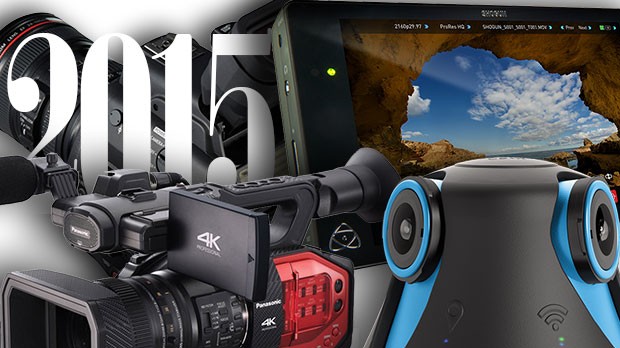 2015: Camera and Monitor Gear in Review
2015: Camera and Monitor Gear in Review
Looking back on 2015, while there were few real stand-out innovations, the advances in the world of cameras and gear continued to march relentlessly forward. Cameras This was the year that Panasonic finally shipped their 4K Varicam 35, but for the indie filmmaker it was probably the announcement of the $4,000 Panasonic AG-DVX200 4K camera — which features a Four-Thirds sensor — that was more interesting. Ideal for run-and-gun documentary work, you might think of it as the GH4 with better audio and a good fixed zoom lens. For the narrative filmmaker, or those that want/need a bigger sensor, the… Read more
-
 Sony Shrinks the FS7, Announces PXW-FS5 and the a7S II
Sony Shrinks the FS7, Announces PXW-FS5 and the a7S II
Today at IBC Sony announced a smaller version of their popular PXW-FS7 4K camera. The PXW-FS5 takes most of the features of the PXW-FS7 and shrinks them into a box that’s less than half the weight and almost one quarter the volume. While it takes away some features — there are fewer recording options, no extension arm or LCD loupe — it does include an interesting new feature; an electronically variable ND filter that lets you select any position between 1/4ND and 1/128ND with 128 steps. Adjustment from one level to another should be fairly smooth, enabling you to adjust… Read more
-
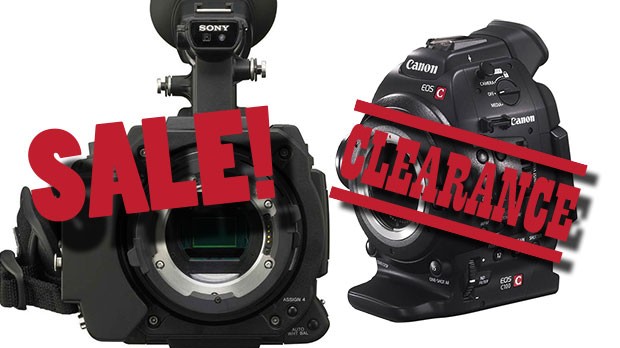 As 4K Expands, Now Might Be the Time to Buy an HD Camera
As 4K Expands, Now Might Be the Time to Buy an HD Camera
The world of inexpensive 4K cameras is expanding rapidly. For $8,000 there’s the Sony PXW-FS7, and Panasonic will soon start shipping the fixed lens AG-DVX200. At $4,195 the DVX200 takes the sensor from their GH4 and puts it in a more traditional video camera body. If the fixed lens of the DVX200 is too limiting, you could always buy the GH4 itself, which at $1,400 is one of the cheapest ways to record UHD video. And if the sensor size of the Panasonic camera’s is too limiting, the $3,200 full-frame Sony a7RII is the current darling of reviewers. Yes, it’s… Read more
-
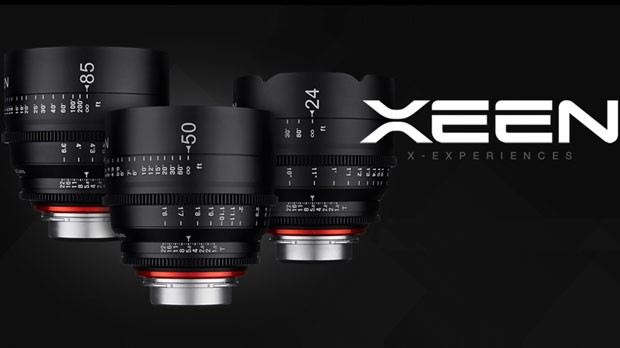 Samyang/Rokinon Announce New Cine Lens Line: XEEN
Samyang/Rokinon Announce New Cine Lens Line: XEEN
Samyang [also sold under the Rokinon brand] attracted quite a bit of attention from budget filmmakers when it started selling its budget line of “Cine” lens. These were their traditional still lenses with standard geared focus and aperture rings, de-clicked aperture ring, and remarking for T stops rather than F stops. The lenses received generally positive reviews from users — particularly as they provide a good mix of image quality/construction for the price. They are, however, fully manual lenses, with no auto-focus support or image stabilization built in. But adding teeth to the focusing ring of a lens doesn’t truly, a… Read more
-
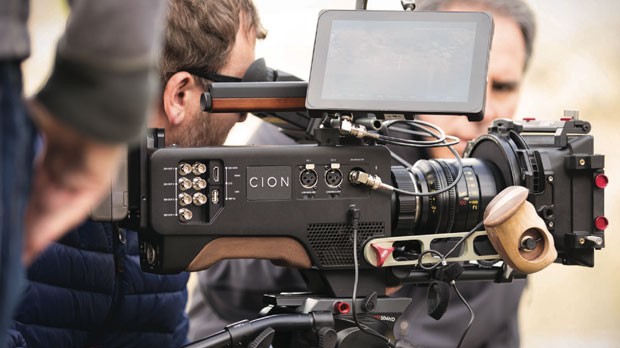 AJA Drops Price of 4K CION Camera Significantly
AJA Drops Price of 4K CION Camera Significantly
AJA has slashed the price of their 4K CION camera in half to $4995. It’s part of their “Summer of Savings” promotion, which they say will run through the end of the summer. Other price reductions announced: Ki Pro Quad (their 4K recorder) is now $2995, Ki Pro Mini is $1495, Ki Pro is $2495, and Ki Pro ND is $2295. AJA customers who purchased the CION production camera before May 26, 2015 will receive two AJA Pak 512 SSDs for free, directly from AJA (valued at $2495). AJA is well known for their video hardware, and the Ki Pro file-based recorder,… Read more
-
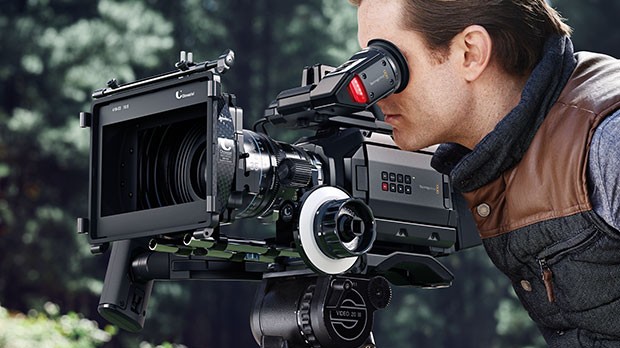 Blackmagic Announces New Cameras at NAB
Blackmagic Announces New Cameras at NAB
It’s NAB, and Blackmagic have once again announced some exciting new cameras. Blackmagic has developed a bit of a reputation for announcing cameras with amazing specifications at incredibly good prices. They may not be as refined as the cameras from Sony, Canon et al., and they may not always ship on their announced dates, but if you’re a shooter on a budget you have to look at Blackmagic’s camera offerings. Blackmagic’s first camera was the Cinema Camera. Despite its unusual shape and user interface, this camera was a hit because of its high dynamic range, reasonable price, and its support… Read more
-
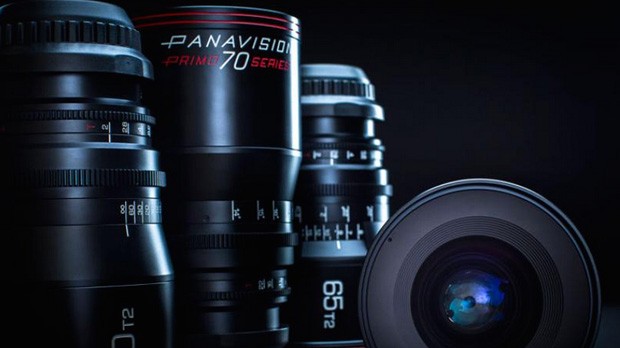 Panavision’s Dan Sasaki on their Large Format Digital Lenses, the Primo 70
Panavision’s Dan Sasaki on their Large Format Digital Lenses, the Primo 70
Late last year Panavision introduced a new lens line, the Primo 70. These lenses are specifically designed for use on larger sensor digital cameras and, according to Panavision, cannot be used on film cameras. We spoke with Dan Sasaki, VP of Optical Engineering at Panavision, about the development of these lenses, and how they differ from film lenses. Filmmaker: What was the impetus for developing digital lenses? Sasaki: Our Primo 35 lenses have been around since the late ’80s, early ’90s, and they are designed to work with film cameras. The Primo lenses have what’s called the blue line shift on… Read more
